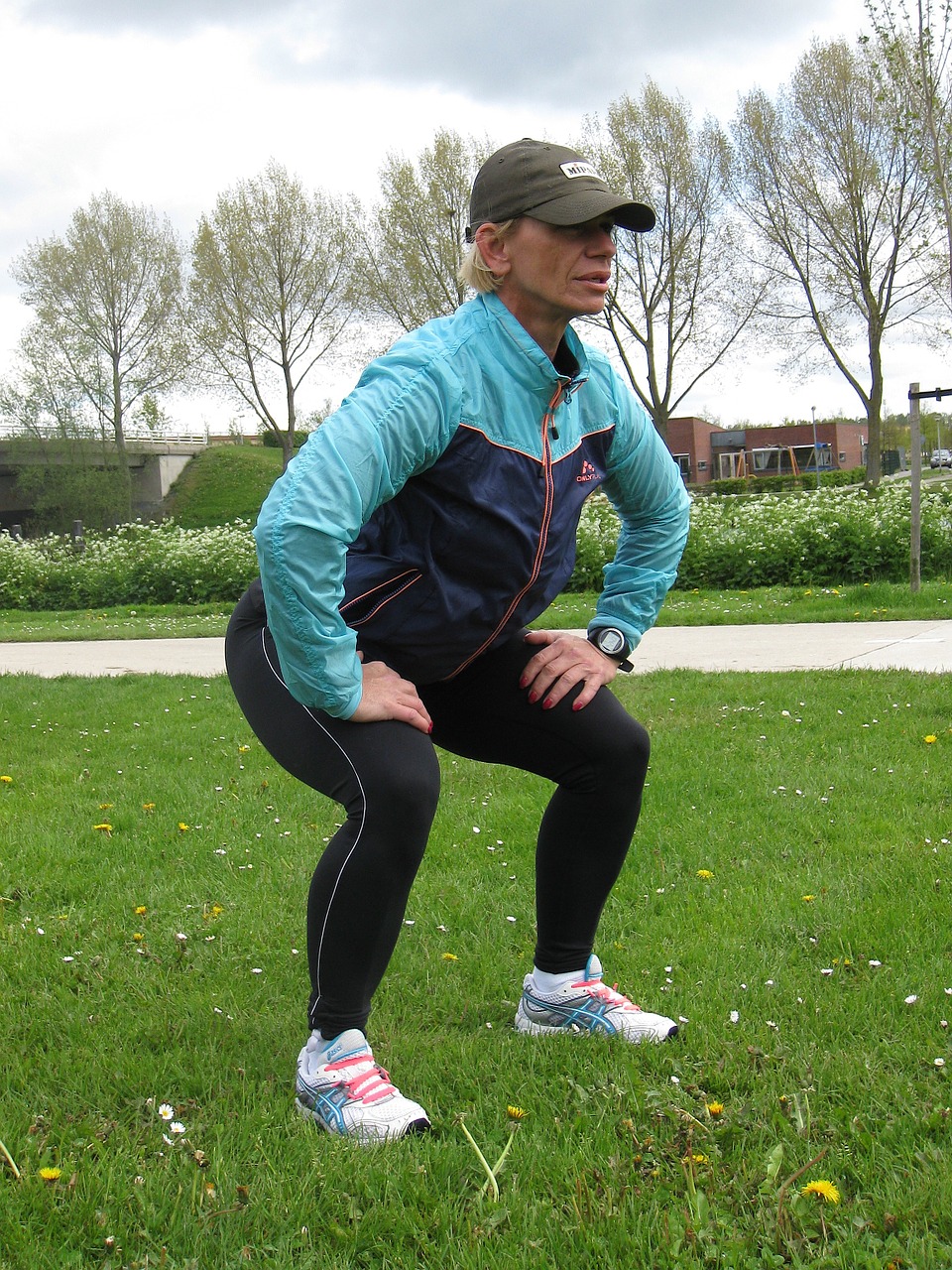Toilet Gymnastics: The 'Power Pee' & 'Hover' Approach
Oh, yeah, you know you’ve done it before ladies…walked into the bathroom, questioned the sanitation of the toilet seat and hovered a foot above the commode praying for good aim (a.k.a.: “popping a squat”)! But, you may have noticed difficulty starting the flow of urine or didn’t feel like you completely ‘got it all out’ at the end, so... you pushed to finish. I like to refer to this as the ‘power pee & hover’ approach; it is a common form of toilet gymnastics, but if done too often, may lead to pelvic floor dysfunction.
HOVERING
Squatting or hovering over the toilet does not allow the pelvic floor muscles to relax completely which could lead to decreased urine flow rates and pelvic floor dysfunction. A full squat allows the pelvic floor to relax increasing urine output and residual volume within the bladder.
Urination requires a complex neural interplay between the bladder, spinal cord and pelvic floor muscles. When we urinate, our bladder (or detrusor muscle) contracts and the pelvic floor muscles lengthen. This is an innate reflex called the ‘micturition reflex’ that is beautifully orchestrated through a series of neural communication called ‘Bradley’s Loops.’ In Bradley’s loop #3, a neural interplay occurring at the sacral level of the spinal cord, tells the bladder to contract and the pelvic floor to lengthen in order to urinate…
But, you’re HOVERING! This means your pelvic floor muscles (postural muscles needed to hold you up) are contracting during your squat! But, aren’t they supposed to lengthen to pee?! Yes, this is where you are asking the pelvic floor muscles to perform two opposing functions at the same time! This lady on the right is squatting for exercise targeting her core; if she wanted to pee she would be better of quieting and lengthening her pelvic floor by coming into a full squat (hips below knees). You may be able to get by doing this display of bathroom gymnastics occasionally (like on the 3rd day of visiting the porta potty at your favorite music festival), but doing it too frequently can lead to neural confusion and incoordination of the pelvic floor muscles with other activities as well.
So, if you have the ‘fear of public restroom syndrome’ and won’t even sit on the toilet at work, take comfort in knowing that your gym equipment has 400 times the amount of bacteria as a toilet eat and your cell phone 10x the amount. Another option that my grandmother taught me is building your nest of toilet paper to sit!
POWER PEEING!
You’re hovering; desperately trying to hold on to something nearby or brace yourself between the stall walls for a little bit of support. And goodness gracious does this get harder balancing in heels! You are seeking external support so your core muscles (i.e. your pelvic floor) can relax and lengthen to let the urine out; the pelvic floor are like doors closing over the urethra. Obviously this makes peeing more difficult so you employ a new tactic...bearing down!! Adding some ‘umph’ increases your intra-abdominal pressure by forcing the urine out, but, that’s the BLADDER’S job! I know you are trying to help the pee situation by pushing, but the bladder is designed to do this on its own! If you keep power peeing you could experience stop and start urination, an increase in post-void residual or an inability to completely ‘get it all out.’
I’ve heard patient’s report that they briefly bear down to get out the last little bit of urine, but this can confuse the reflex loop for urination and worsen bladder prolapse if it exists. When there is an increase in inner abdominal pressure the pelvic floor should reflexively contract against it (this maintains continence with coughing, sneezing and laughing); this demonstrates a coordinated pelvic floor. Power peeing can reverse pelvic floor coordination.
In conclusion:
Take heart in knowing that most toilets are cleaner than you may think
Make yourself a little nest and sit down
Go with the flow...your bladder knows what to do!
- Article written by Susannah Haarmann, PT, WCS, CLT
Susannah is a board-certified Women's Clinical Specialist by the American Physical Therapy Association. She is a private practice owner in Asheville, North Carolina, teaches nationally in pelvic health and internationally in breast oncology rehabilitation. Susannah is an advocate of conservative treatment for pelvic health conditions and writes handouts for practitioners to improve patient literacy.

